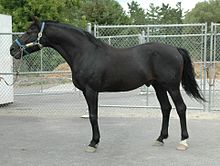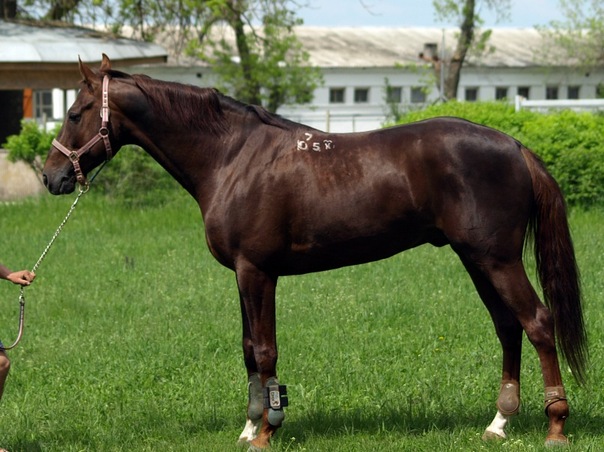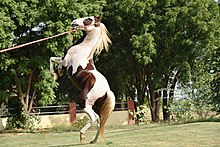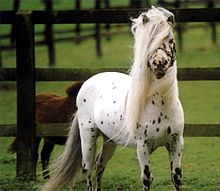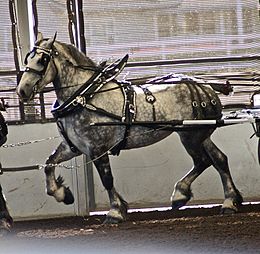Mustang
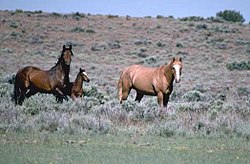 The Mustang is a semi-wild horse of the American prairies.
The Mustang is a semi-wild horse of the American prairies.
The Mustangs were the riding horses of the Indians. Different tribes of Indians chose animals of different suits. Cheyenne Indians considered, for example, mustangs with patches on the head of sacred animals with magical properties capable of securing victory in battle. They were called mascots.
The ancestors of the Mustangs were wild horses of Spanish conquerors in America. They were brought here in the sixteenth century. Some of them escaped freedom and adapted to life on the prairies.
The origin of the name
The name mustang comes from the Spanish word “mesteno” – “without a host”. They belong to “la mesto” – to everyone and no one.
Mustang habits
The Mustangs form small herds consisting of a stallion and his harem, ranging from 2 to 18 mares, stallions and a variety of young horses.
Herds-herds – provide protection from predators. The lone mustang is unable to protect itself. This was of great importance in the past, when there was a danger of attack by wolves, coyotes and cougars living in the same territories. The herd occupies the territory, protects it and produces food on it. It tolerates other herds on the outskirts of its territory and sometimes combines with them to defend themselves against predators. In the herd stands a mare-guide, which in the event of danger leads the herd to a safe place, and the stallion remains to resist. A stallion opposing an enemy creates a spectacular sight.
